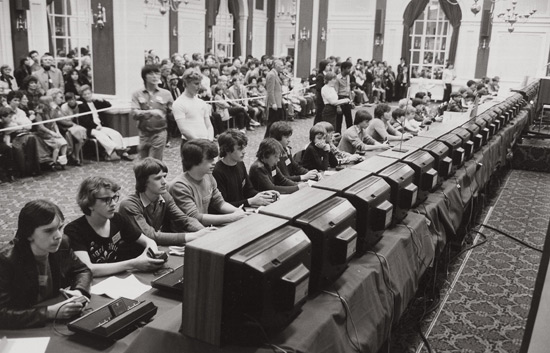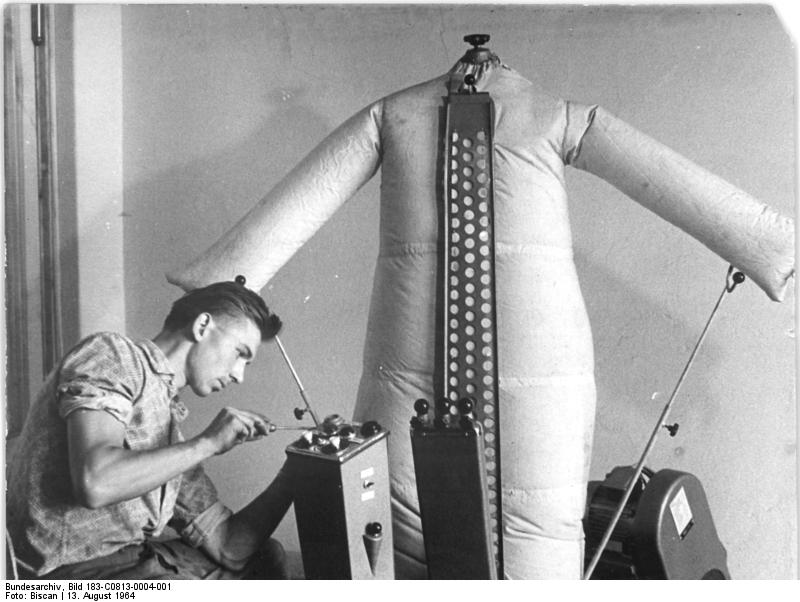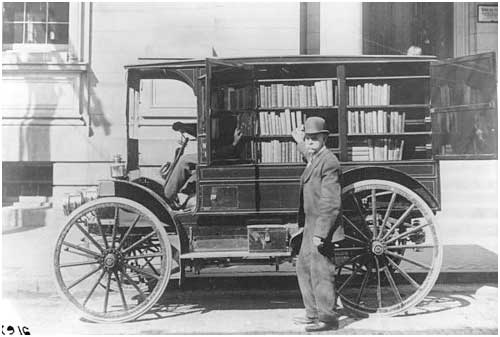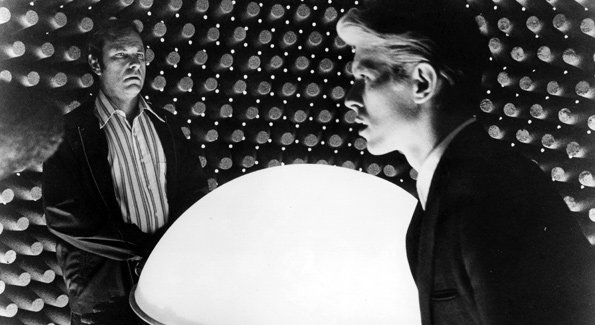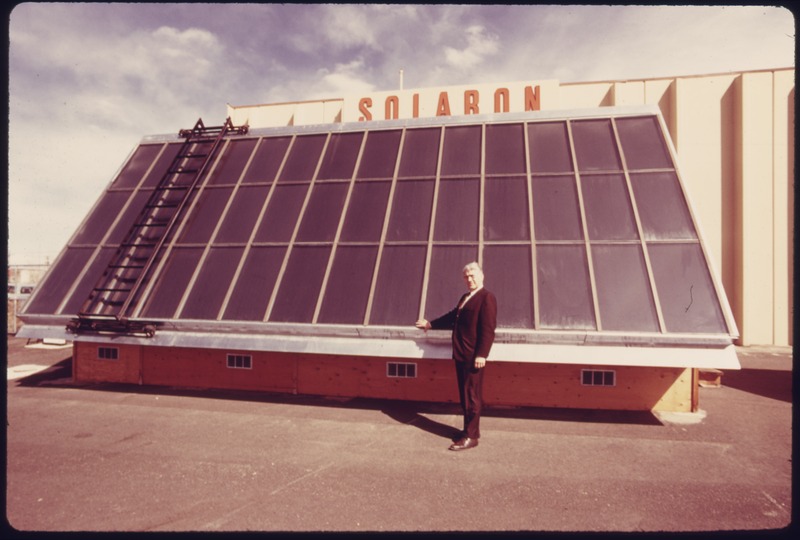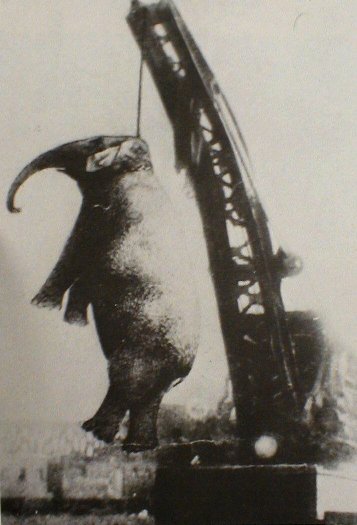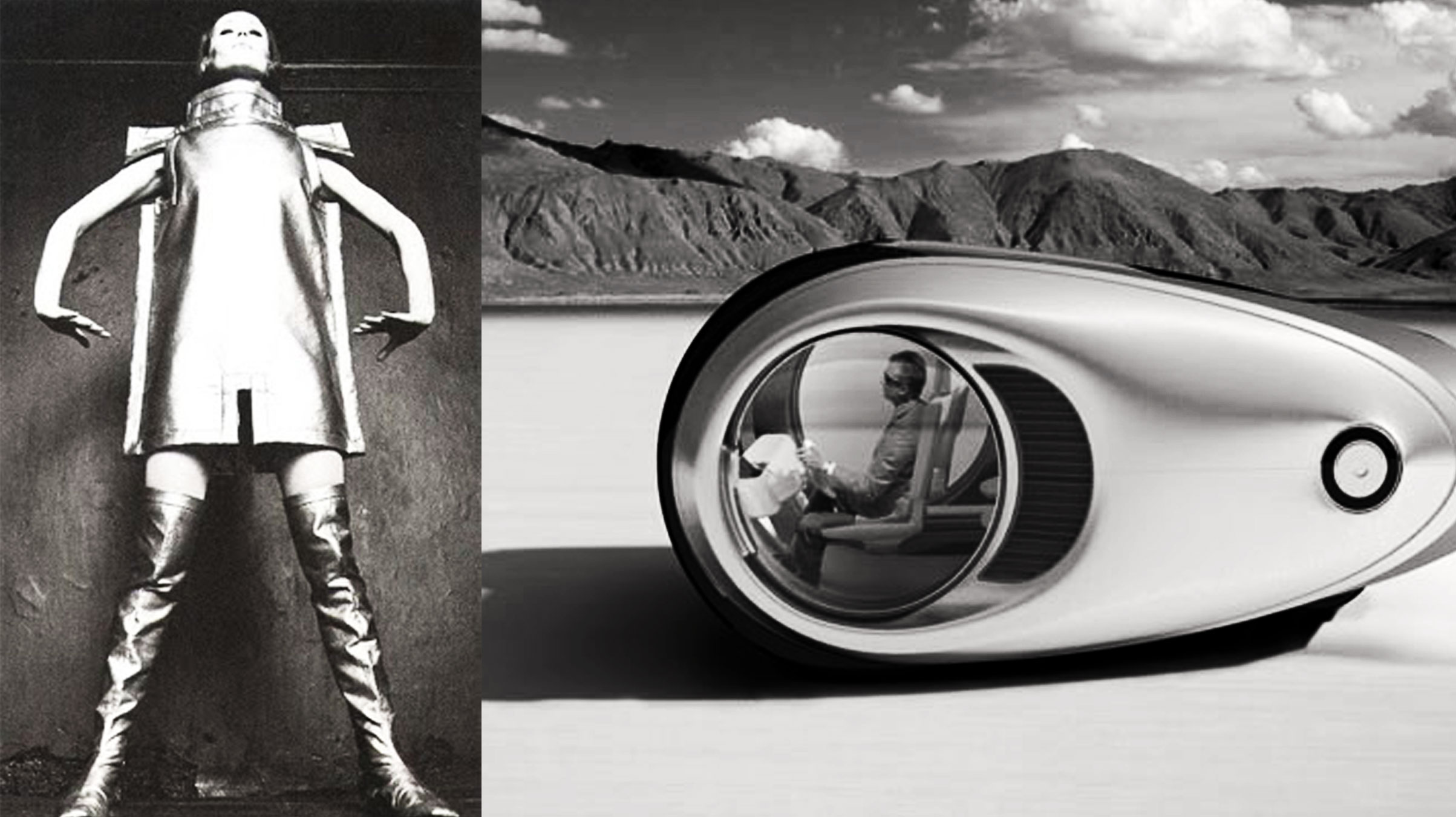
Peter Diamandis, founder of Singularity University and author of Abundance, is a true believer in technology, one who sees a near-term future filled with nanobots, asteroid mining, transparency and immortality. He thinks tomorrow will be largely wonderful. Diamandis just did an Ask Me Anything at Reddit. A few exchanges follow.
____________________
Question:
(1) If abundance and amazing technology is our future, what will be the motivation for anyone to disconnect from Matrix-like, fully immersive, virtual worlds (where anything imaginable might be possible)? Also, considering that advanced alien civilizations probably reach the technological ability to create virtual reality like this before interstellar space travel, would this be a valid explanation for the Fermi Paradox?
(2) Being in medical school I am extremely interested in what being a physician will actually entail two decades from now. You have a unique perspective since you actually went to Harvard Medical School (and somehow started you own space company and university while attending) but decided not do your residency afterwards. If you were graduating today, what residency would you choose (i.e., has the greatest potential)?
Peter Diamandis:
(1) The human body is a collection of 10 trillion cells working together… i think we are heading towards the transformation of humanity being a collection of 9 billion human brains working together… towards a “Meta-INtelligence” where you can know the thoughts, feelings and knowledge of anyone. that’s where tech is driving us… As such, i don’t know that i would want to live outside of this, just like any one of your human cells has a disadvantage living outside of your body.
(2) Wow, Medicine is going to change ALOT. I can imagine a time in the near future where the patient is saying “NO WAY… I don’t want that human doctor doing the surgery, he/she makes mistakes… i only want the robot… its done 300,000 perfect surgeries in a row.”
____________________
Question:
What exactly do you feel will be the greatest contribution in the next 4-5 decades in regards to both Earth-domestic technological advancements and in space exploration/colonization?
Peter Diamandis:
Over the next 30 – 40 years (not 40 – 50) humanity will establish itself in space, independent of Earth. We finally have the technology at hand to do this… and the wealth… and the will. That is HUGE. Millions of years from now, as people look back at these next few decades, it will be the moment in time that we broke away irreversibly and became a multiplanetary species. Not since lung fish crawled out of the oceans onto land has this happened!
____________________
Question:
Do you feel that our potential to reach a future of abundance faces significant threats from these sorts of negative factors? (environmental damage and resource depletion, and the unrest that has potential to ferment in such conditions) Are there any areas that you feel need critical attention to avoid derailing a successful future?
Peter Diamandis:
I actually am an optimist about human nature and people usually do “bad things” in the shadows. As tech continues to drive towards MASSIVE Transparency, where you can’t hide, it will actually cause us to be safer in society and allow us to take action more quickly when things are heading in a negaive direction. Knowledge is the Bright light we need.
____________________
Question:
A year ago someone brought up the question of abundance and its implication on labor. As technology takes over more complex tasks (via automation) less labor is needed. However, if we reach a critical point where labor needs decrease dramatically there is no economic population to purchase the output (as they would have no jobs). While total “abundance” is perhaps unreachable there has to be a tipping point where labor markets and automation balance each other out. Would you mind commenting on this concept, its implications and perhaps limitations? Thank You.
Peter Diamandis:
GREAT question…. There is a race to the bottom. What you say above is true. It is also true that were we spend our money… Health, education, energy etc is “Demonetizing” i.e. tech is making it effectively FREE, so we will need less money. ALSO, and ultimately we will partner with technology. I’m an engineer and i look at boundary conditions… the final result is nanotech.. and if i have a nanobot, i don’t need any money.•

